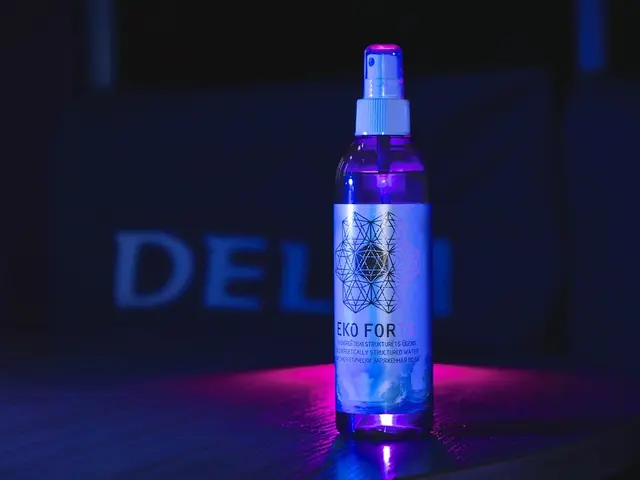Start-up Costs for Launching a Swimwear Brand: Comprehensive Guide for Novices
In the ever-evolving fashion landscape, the eco-friendly swimwear market is experiencing a significant surge in growth, driven by a fusion of consumer and industry trends. This presents a golden opportunity for new companies to establish themselves and thrive in this burgeoning sector.
## Key Trends Fueling Market Expansion
The rise of eco-conscious consumers, particularly among Gen Z and millennials, is a major catalyst for this growth. These consumers prioritise sustainability, often evaluating brands based on their "green rate" and expressing a willingness to pay a premium for eco-friendly products [1][3]. As a result, there has been a surge in demand for swimwear made from recycled and biodegradable materials [1][3].
Brands are also embracing circular economy principles, such as take-back and recycling programs for used swimwear, to minimise waste and extend product lifecycles [2][1]. These strategies not only reduce environmental impact but also enhance brand reputation and foster consumer loyalty [2].
Technological innovation is another driving force. The use of digital fitting technologies is on the rise, with about 38% of brands adopting these tools to improve customer experience and reduce returns [1]. Advances in fabric technology have led to performance swimwear that is lightweight, breathable, quick-drying, and even integrates moisture-wicking minerals for added comfort [5].
Ethical production and transparency are also essential. Consumers are seeking brands with ethical labour practices and transparency in manufacturing. Certifications such as OEKO-TEX, GRS, and Fair Trade are increasingly important markers of responsible production [3]. Brands are encouraged to use low-impact dyes, water-efficient processes, and recyclable packaging to further minimise their environmental footprint [3].
## Opportunities for New Companies
New companies can capitalise on these trends by leveraging sustainable materials, incorporating circular economy strategies, adopting digital and technological innovations, focusing on ethical and transparent practices, and engaging with Gen Z and millennial audiences.
Utilising recycled fibres such as ECONYL® and Repreve® can appeal to eco-conscious consumers and differentiate a brand in the marketplace [1][3]. Highlighting the use of these materials in marketing emphasises a brand's environmental commitment.
Implementing take-back and recycling programs can differentiate a brand and foster long-term customer relationships [2][1]. Promoting these initiatives through clear communication enhances a brand's image and appeals to environmentally conscious shoppers [2].
Integrating digital fitting technologies can improve customer satisfaction, reduce returns, and streamline the online shopping experience [1]. Investing in research and development can offer innovative, high-performance swimwear fabrics that meet consumer expectations for comfort and functionality [5].
Obtaining relevant certifications, such as OEKO-TEX, GRS, and Fair Trade, can build trust and credibility with consumers [3]. Using eco-friendly packaging and highlighting sustainable production processes in all customer communications can further minimise a brand's environmental footprint [3].
Utilising social media and influencer partnerships can reach younger, sustainability-focused consumers. Showing real customer reviews and unedited photos can foster authenticity and trust [3].
By aligning with these trends, new companies can position themselves competitively in the eco-friendly swimwear market, attract loyal customers, and drive long-term growth. It's an exciting time to enter this market, as the swimsuit market is on the rise, and global demand is growing, with trends focusing on eco-friendly materials and diverse sizing options by 2025.
- The surge in demand for eco-friendly swimwear in the burgeoning sector signals a profitable opportunity for new companies in the industry, especially those who prioritize sustainability and finance their operations responsibly.
- By adopting technology in production, newly established brands can offer high-performance swimwear made from innovative fabrics that appeal to consumers seeking comfort and functionality in their lifestyle choices.
- Technology can also be leveraged to improve customer experience through digital fitting technologies, thereby reducing returns and enhancing personal-finance management for businesses.
- Data and cloud computing can provide insights into consumer trends, helping new companies in the fashion-and-beauty industry to make informed decisions about business strategies and investing in sustainable materials like ECONYL® and Repreve®.
- Education and self-development opportunities in the field of data analysis, circular economy principles, and ethical production can empower entrepreneurs to thrive in the ever-evolving eco-friendly swimwear market.




